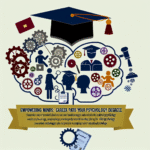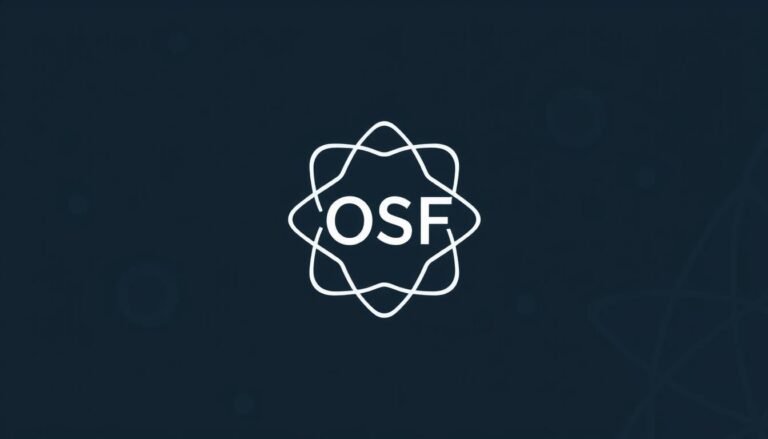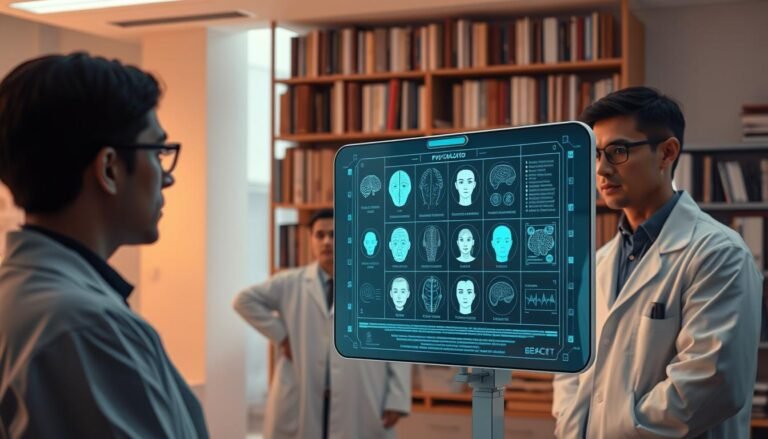Introduction
In an era defined by rapid change and increased interconnectivity, organizations face unprecedented challenges that demand innovative solutions. Enter Consultation and Collaboration: The Dynamic Duo for Engaging Stakeholders. These two elements are not merely tools; they are essential strategies that can significantly enhance how businesses, governments, and non-profits interact with their stakeholders. By focusing on engaging these vital players, organizations can foster trust, gain diverse perspectives, and ultimately drive better outcomes. This article delves into how consultation and collaboration can transform stakeholder engagement into a powerful synergy that leads to success.
The Importance of Stakeholder Engagement
Stakeholder engagement has evolved from a peripheral concern to a central pillar of successful organizational strategy. Stakeholders—including employees, customers, investors, and community members—hold valuable insights that can guide decision-making processes. As such, understanding the nuances of effective consultation and collaboration is more critical than ever.
Why Consult?
Consultation involves gathering input and feedback from stakeholders to inform decision-making. It improves transparency and fosters inclusivity, ensuring that the voices of diverse groups are heard. For example, when the city of San Francisco undertook a massive infrastructure project, they consulted local residents through town hall meetings. This engagement not only provided valuable insights but also helped garner public support, smoothing the implementation process.
Why Collaborate?
Collaboration extends beyond consultation by fostering continuous partnerships. This long-term approach enables stakeholders to contribute actively to projects rather than merely reacting to them. A prominent example is the partnership between the non-profit organization, Habitat for Humanity, and local communities. By working together to build homes, they create a sense of ownership and mutual investment that transcends traditional stakeholder relationships.
The Synergy of Consultation and Collaboration
Building Trust
Trust is the foundation of any successful stakeholder relationship. By combining consultation and collaboration, organizations can cultivate trustworthiness. Transparent consultation processes help stakeholders feel valued, while collaboration reinforces this trust through shared goals and experiences.
Case Study: An instance of this dynamic duo in action is the collaboration between Coca-Cola and its bottling partners. Coca-Cola collects feedback through consultations with local stakeholders about sustainability initiatives, and those insights shape collaborative projects to reduce plastic usage. This has resulted in a strengthened relationship with both consumers and local communities, showcasing how consultation and collaboration can mutually reinforce stakeholder engagement.
Enhancing Innovation
Engaging stakeholders through consultation and collaboration can lead to innovative solutions that might not emerge from isolated decision-making. Diverse perspectives are essential for creativity, and when stakeholders are involved in both the planning and execution phases, it broadens the scope for innovative ideas.
Data Visualization: The following table summarizes various stakeholder groups and how consultation and collaboration impact innovation:
| Stakeholder Group | Impact of Consultation | Impact of Collaboration |
|---|---|---|
| Employees | Ideas for process improvements | Innovations in teamwork and productivity |
| Customers | Feedback on product development | Co-creation of new products and services |
| Community Members | Suggestions for local improvement | Partnerships for community-driven initiatives |
| Investors | Insights into market trends | Joint ventures for new market exploration |
Streamlining Decision-Making
Effective stakeholder engagement can also streamline decision-making. By consulting stakeholders and then collaborating with them, organizations can reduce resistance to change. This collective approach often leads to quicker approval processes and more robust policies or strategies.
Case Study: In 2020, Tesla implemented consultations with environmental experts and local communities before expanding its Gigafactory in Austin, Texas. This proactive approach sidelined potential opposition and facilitated a smoother decision-making process, demonstrating that integrating consultation and collaboration often results in more efficient outcomes.
Essential Strategies for Successful Consultation and Collaboration
Establish Clear Objectives
To maximize the benefits of Consultation and Collaboration: The Dynamic Duo for Engaging Stakeholders, organizations must establish clear objectives before initiating engagement efforts. Defining the desired outcomes helps ensure that consultations are purpose-driven and that collaborations yield actionable insights.
Utilize Technology
Leverage digital tools to facilitate consultation and collaboration. Platforms such as Slack, Zoom, and project management software like Trello or Asana enhance communication and foster ongoing collaboration. Technology not only streamlines processes but can also make engagement more accessible for broader stakeholder groups.
Foster a Culture of Inclusivity
An inclusive environment is critical for effective stakeholder engagement. Encourage diverse participation by removing barriers to entry and actively seeking out underrepresented voices. This approach can enrich the consultation process and lead to more innovative collaboration outcomes.
Chart Visualization: The chart below illustrates how diverse stakeholder engagement can foster inclusive decision-making:
(This chart would depict various stakeholder demographics and their levels of engagement in consultation and collaboration.)
Monitor and Evaluate
For consultation and collaboration to be effective, organizations should continuously monitor and evaluate their efforts. Collect data on engagement levels and gather feedback on the process to identify areas for improvement. This iterative approach not only enhances future efforts but also reinforces trust with stakeholders.
Challenges and Solutions
While consultation and collaboration offer numerous benefits, it is important to recognize potential challenges.
Challenge 1: Stakeholder Fatigue
Frequent consultations can lead to stakeholder fatigue. Solution: Limit engagements to essential topics and ensure that stakeholders understand how their input is being used. Providing follow-up feedback can also reinvigorate interest.
Challenge 2: Conflicting Interests
Different stakeholders often have competing interests, which can complicate collaboration. Solution: Facilitate open dialogues to understand differing viewpoints. Finding common ground helps build a collaborative framework that respects various interests.
Challenge 3: Resource Constraints
Limited resources can impede both consultation and collaboration efforts. Solution: Prioritize high-impact engagements and utilize technology to maximize reach while minimizing costs.
Conclusion
Consultation and Collaboration: The Dynamic Duo for Engaging Stakeholders is more than just a strategy; it is essential for success in today’s interconnected landscape. By engaging stakeholders meaningfully, organizations can unlock innovative solutions, build trust, and streamline processes. As you move forward, consider how with actionable strategies, technology, inclusivity, and continuous evaluation, you can harness the full potential of consultation and collaboration in your organization.
Embrace this dynamic duo today, and transform the way you engage with stakeholders for the better.
FAQs
1. What is the difference between consultation and collaboration?
Consultation involves collecting input and feedback from stakeholders, while collaboration focuses on ongoing partnerships and active participation in decision-making.
2. How can I ensure a successful consultation process?
Clearly define objectives, utilize digital tools, and foster an inclusive environment that encourages participation from a diverse range of stakeholders.
3. What are some common challenges in stakeholder engagement?
Challenges may include stakeholder fatigue, conflicting interests, and resource constraints. Address these proactively with open dialogue and efficient use of resources.
4. How can technology facilitate consultation and collaboration?
Digital tools enhance communication and make it easier to share information, streamline processes, and keep stakeholders engaged over time.
5. Why is stakeholder engagement important?
Effective stakeholder engagement fosters trust, enhances innovation, and streamlines decision-making, leading to better organizational performance and outcomes.
With the right approach, you can create a robust framework for consultation and collaboration that truly engages your stakeholders, yielding lasting benefits for your organization.

















